Interview with Person having Obsessive Compulsive Disorder
Obsessive–compulsive disorder (OCD) is a mental disorder in which a person feels the need to perform certain routines repeatedly (called "compulsions"), or has certain thoughts repeatedly (called "obsessions"). The person is unable to control either the thoughts or activities for more than a short period of time. Common compulsions include hand washing, counting of things, and checking to see if a door is locked. Some may have difficulty throwing things out. These activities occur to such a degree that the person's daily life is negatively affected. This often takes up more than an hour a day. Most adults realize that the behaviors do not make sense. The condition is associated with tics, anxiety disorder, and an increased risk of suicide. The cause is unknown. There appear to be some genetic components with both identical twins more often affected than both non-identical twins. Risk factors include a history of child abuse or other stress-inducing event. Some cases have been documented to occur following infections. The diagnosis is based on the symptoms and requires ruling out other drug related or medical causes. Rating scales such as the Yale–Brown Obsessive Compulsive Scale (Y-BOCS) can be used to assess the severity. Other disorders with similar symptoms include anxiety disorder, major depressive disorder, eating disorders, tic disorders, and obsessive–compulsive personality disorder. Treatment involves counseling, such as cognitive behavioral therapy (CBT), and sometimes antidepressants such as selective serotonin reuptake inhibitors (SSRIs) or clomipramine. CBT for OCD involves increasing exposure to what causes the problems while not allowing the repetitive behavior to occur. While clomipramine appears to work as well as SSRIs, it has greater side effects so is typically reserved as a second line treatment. Atypical antipsychotics may be useful when used in addition to an SSRI in treatment-resistant cases but are also associated with an increased risk of side effects. Without treatment, the condition often lasts decades. Obsessive–compulsive disorder affects about 2.3% of people at some point in their life. Rates during a given year are about 1.2%, and it occurs worldwide. It is unusual for symptoms to begin after the age of 35, and half of people develop problems before 20. Males and females are affected about equally. The phrase obsessive–compulsive is sometimes used in an informal manner unrelated to OCD to describe someone who is excessively meticulous, perfectionistic, absorbed, or otherwise fixated.
Add To
You must login to add videos to your playlists.
Advertisement



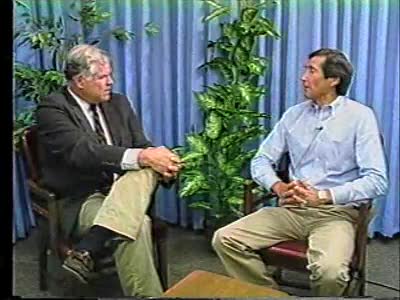

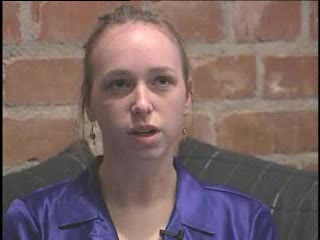
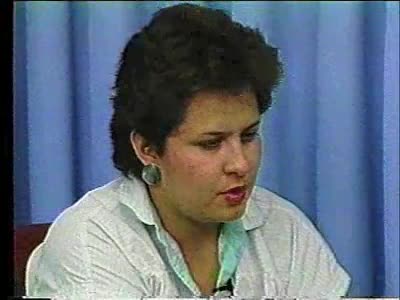


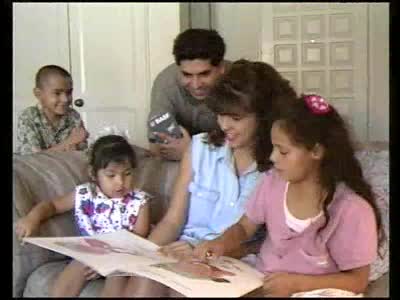
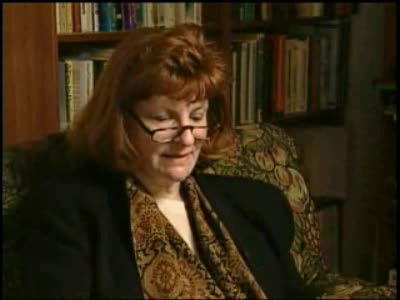
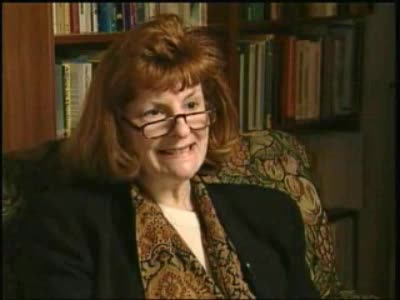
Comments
0 Comments total
Sign In to post comments.
No comments have been posted for this video yet.